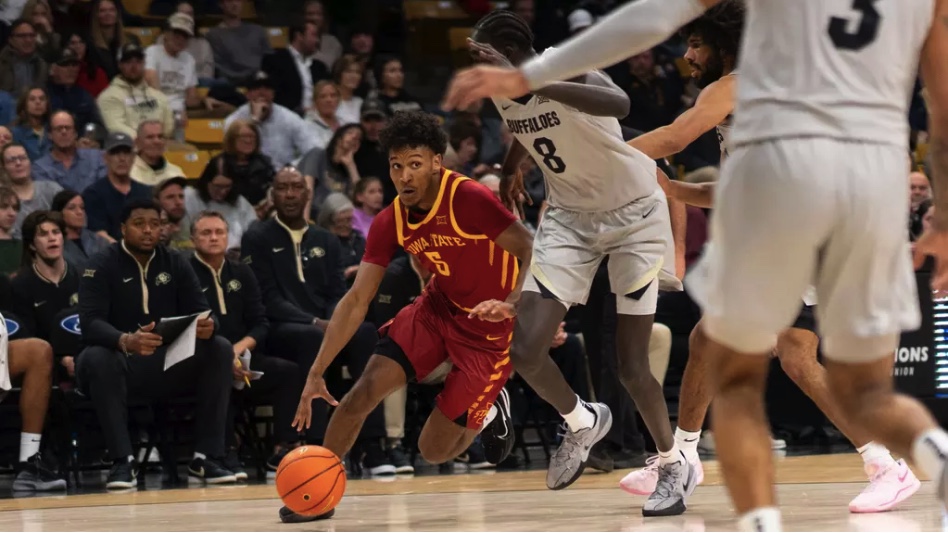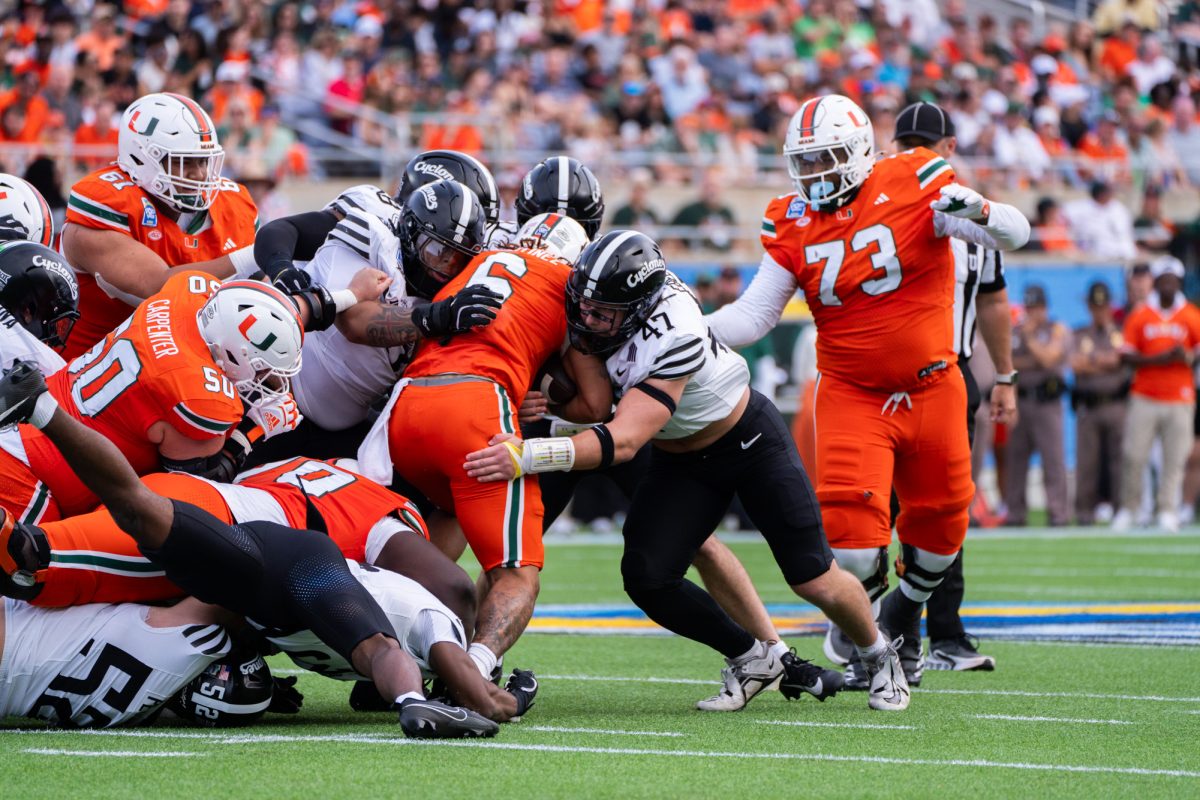Tuesday Creations brings light to creator and dancers
October 1, 2003
The children scramble into the room right at 6 p.m. and are not shy about joining in the stretching circle that has already begun to form.
They wear velvet leotards, athletic shorts, T-shirts and no shoes. They chatter excitedly to their new friends, wondering what is planned for this weeks class. While they stretch, the instructors tap to a beat, and the children follow. Parents circle around them with cameras, wanting to catch all the excitement and movement of their children.
For the past three weeks, ISU dance students have had the chance to work with children from the Ames community through a new program called Tuesday Creations.
“The program has been in the works for years,” says Janice Baker, assistant professor of health and human performance and the creator behind Tuesday Creations. “It’s a facile age; the learning window is wide open.”
Every Tuesday night, ISU dance students lead movement activities for kids who are between the ages of 5 and 12. The children are taught by dance students who are interested in teaching dance in the future. The 45-minute class is a whirlwind of streamers, tambourines and dancing.
Through games and music, children discover dance terminology and movements without realizing they are actually learning.
“To the kids, it’s a huge deal,” says Michael Norris, program coordinator in health and human performance.
Norris’ 5-year-old daughter, Ciara, participates in Tuesday Creations. Norris says she has shown a love for dance at home.
“She used to dance all over our living room to music, and I asked Janice [Baker] what was in the community for kids her age through ISU and she told me about her idea for the program,” he says.
Norris says Baker developed the idea, and he helped her get the idea rolling by putting together fliers and spreading the idea by word of mouth.
Each Tuesday, the number of children has been increasing. Norris says there were five children the first week, and by the next week, it had doubled.
“It has the potential for something that would be wonderful to continue to provide at the university,” Norris says.
Baker says having these classes on campus is convenient for the parents of the dancers, since many of them work on campus.
Norris says the interaction with other children at their age is important for many reasons.
“It helps with their motor and social skills,” Norris says.
He also says some of the children are home-schooled, and this program gives them a chance to socialize with other children in a new environment.
Baker says the concepts the children learn through dancing are lifelong.
“The immediate cooperation between the children and their working together to reach a common goal will be something each one of them will need for the rest of their lives,” Baker says.
Many of the children are truly talented, Baker says, and she would like to use all of them in a show on campus. If she can’t work them into a show, she would like to take them to a nursing home, so they get a chance to show others what they have learned.
Baker’s eyes light up when she mentions the children and what it is like to work with them.
“Working with little kids is a breath of fresh air,” she says.
“I have kindred spirits with 5-year-olds.”
Baker, who has two dance schools in Des Moines, says she has always wanted to combine studio dance with educational dance because of the positive effect it has on many parts of child development.
“Dance is a great way to teach kids certain concepts through movement,” she says.
Baker says college students gain just as much from the experience as the young dancers.
“It’s good for future teachers to see the joy in kids’ faces while they are learning how to dance,” she says.
Roxanna Orr, junior in performing arts, says it is a good program, because it allows her the chance to express herself. She also enjoys working with the children.
“Dance has always been my outlet, and I really love to share that with others,” she says.
“It’s fun seeing them having fun.”
The children bring a lot of excitement to the class, which sparks the learning for both parties, Baker says.
“It’s a win-win for both groups of people,” she says.






